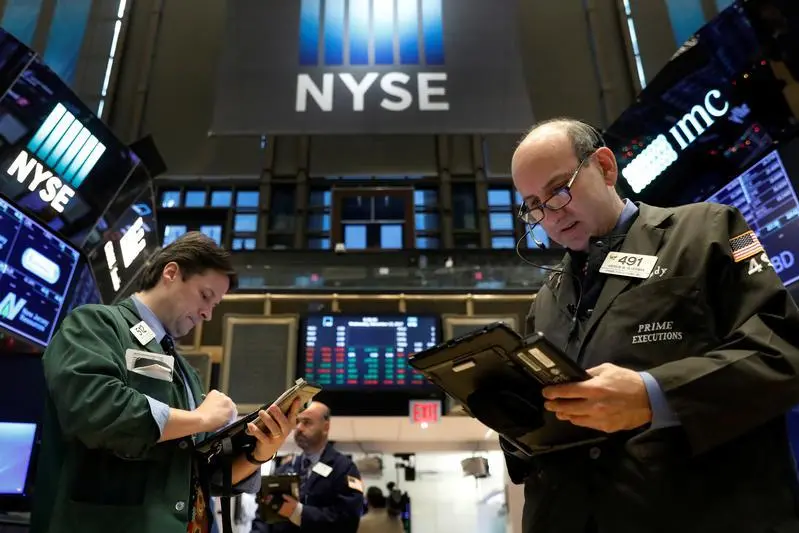PHOTO
LONDON - Bad things may come in threes for stock markets. Annual U.S. wage growth and 10-year Treasury bond yields are both rising towards 3 percent. Equity investors have good reasons to be spooked by what this means for Federal Reserve policy and companies. U.S. average hourly earnings rose 2.9 percent in January compared with a year earlier, the Bureau of Labor Statistics said on Friday. That was the biggest increase since 2009 and close to the 3 percent rate which economists believe is necessary to push inflation up towards the Fed’s target.
Wage rises are great for workers but erode companies’ profits and may therefore be less welcomed by shareholders. Heftier pay increases may also hasten U.S. rate rises. With the economy growing at a healthy clip and the unemployment rate already at a 17-year low of 4.1 percent, a pickup in wage growth could spur incoming Fed Chair Jerome Powell to tighten monetary policy at a faster pace than investors had been expecting.
That is certainly what’s bothering bond markets, where the yield on 10-year U.S. government debt rose to a four-year high of 2.85 percent on Friday. As this benchmark rate rises, so will borrowing costs for companies. And when government-backed securities are offering higher yields, asset managers may think twice about investing in riskier assets. Especially ones that are almost priced for perfection such as stocks, despite the 3 percent drop in the S&P 500 Index in the past week.
Global equity markets’ capitalisation has risen to $86.6 trillion, up $57.9 trillion from the 2009 lows and $29.9 trillion higher than the 2016 troughs, according to Bank of America Merrill Lynch analysts’ calculations. In fact, record inflows into equities and the pronounced nature of hedge funds’ risk appetite have now triggered a contrarian sell signal for riskier assets on a proprietary indicator developed by the bank. The sign of three may be what triggers that reversal.
CONTEXT NEWS
- U.S. average hourly earnings rose 2.9 percent in January compared with a year earlier, the Bureau of Labor Statistics said on Feb. 2. That was the largest increase since June 2009.
- Ten-year U.S. government bond yields rose to a four-year high of 2.85 percent on Feb. 2.
(Editing by Jennifer Saba and Martin Langfield)
© Reuters News 2018
Wage rises are great for workers but erode companies’ profits and may therefore be less welcomed by shareholders. Heftier pay increases may also hasten U.S. rate rises. With the economy growing at a healthy clip and the unemployment rate already at a 17-year low of 4.1 percent, a pickup in wage growth could spur incoming Fed Chair Jerome Powell to tighten monetary policy at a faster pace than investors had been expecting.
That is certainly what’s bothering bond markets, where the yield on 10-year U.S. government debt rose to a four-year high of 2.85 percent on Friday. As this benchmark rate rises, so will borrowing costs for companies. And when government-backed securities are offering higher yields, asset managers may think twice about investing in riskier assets. Especially ones that are almost priced for perfection such as stocks, despite the 3 percent drop in the S&P 500 Index in the past week.
Global equity markets’ capitalisation has risen to $86.6 trillion, up $57.9 trillion from the 2009 lows and $29.9 trillion higher than the 2016 troughs, according to Bank of America Merrill Lynch analysts’ calculations. In fact, record inflows into equities and the pronounced nature of hedge funds’ risk appetite have now triggered a contrarian sell signal for riskier assets on a proprietary indicator developed by the bank. The sign of three may be what triggers that reversal.
CONTEXT NEWS
- U.S. average hourly earnings rose 2.9 percent in January compared with a year earlier, the Bureau of Labor Statistics said on Feb. 2. That was the largest increase since June 2009.
- Ten-year U.S. government bond yields rose to a four-year high of 2.85 percent on Feb. 2.
(Editing by Jennifer Saba and Martin Langfield)
© Reuters News 2018












